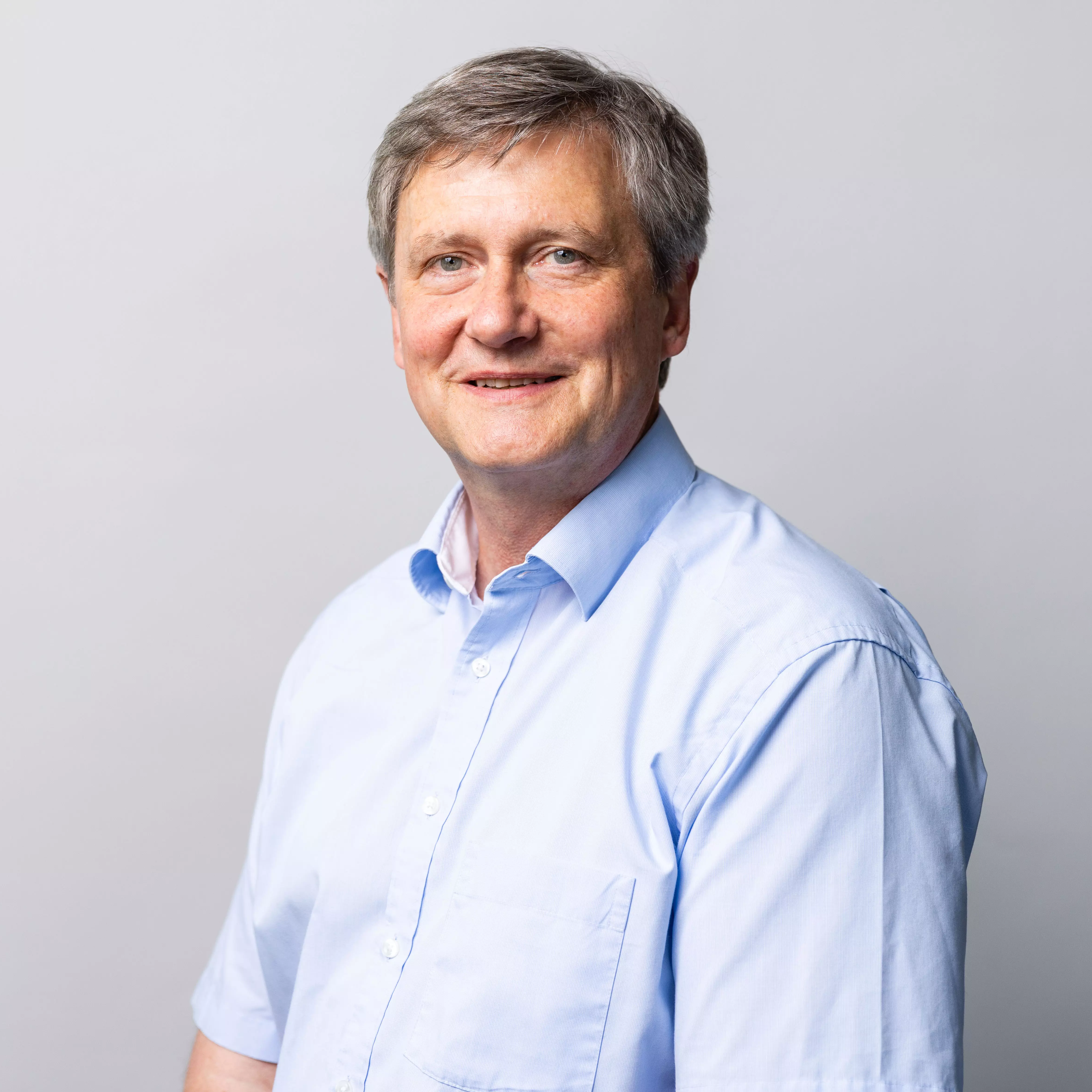Due to the volume conduction multichannel electroencephalogram (EEG) recordings give a rather blurred image of brain activity. Therefore spatial filters are extremely useful in single-trial analysis in order to improve the signal-to-noise ratio. There are powerful methods from machine learning and signal processing that permit the optimization of spatio-temporal filters for each subject in a data dependent fashion beyond the fixDue to the volume conduction multichannel electroencephalogram (EEG) recordings give a rather blurred image of brain activity. Therefore spatial filters are extremely useful in single-trial analysis in order to improve the signal-to-noise ratio. There are powerful methods from machine learning and signal processing that permit the optimization of spatio-temporal filters for each subject in a data dependent fashion beyond the fixed filters based on the sensor geometry, e.g., Laplacians. Here we elucidate the theoretical background of the common spatial pattern (CSP) algorithm, a popular method in brain-computer interface (BCD research. Apart from reviewing several variants of the basic algorithm, we reveal tricks of the trade for achieving a powerful CSP performance, briefly elaborate on theoretical aspects of CSP, and demonstrate the application of CSP-type preprocessing in our studies of the Berlin BCI (BBCI) project.ed filters based on the sensor geometry, e.g., Laplacians. Here we elucidate the theoretical background of the common spatial pattern (CSP) algorithm, a popular method in brain-computer interface (BCD research. Apart from reviewing several variants of the basic algorithm, we reveal tricks of the trade for achieving a powerful CSP performance, briefly elaborate on theoretical aspects of CSP, and demonstrate the application of CSP-type preprocessing in our studies of the Berlin BCI (BBCI) project.


